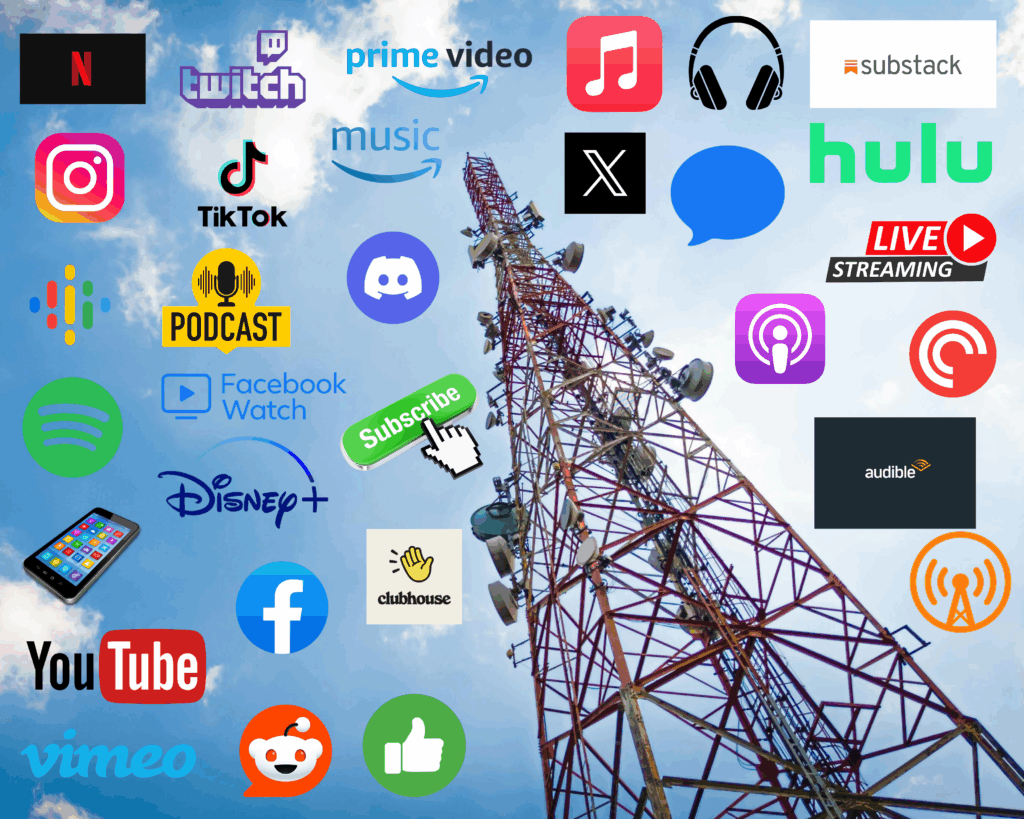We have spent decades conflating public media with public broadcasting. But public media is a mission: to create content that educates, informs, and serves the public interest, especially where the free market won’t.
Instead of funding that mission across all platforms, we’ve kept the vast majority of public investment tied to radio and television.
That made sense in 1967. It doesn’t now.

Today’s audiences have moved beyond linear TV and terrestrial radio. They’re listening to podcasts. Watching YouTube. Subscribing to newsletters. Gathering in online communities.
It’s not just that audience habits have changed and the cost of running linear broadcasts 24/7 is becoming harder to sustain.
Revenue models built around continuous transmission are showing long-term decline. On-demand content is often more cost-effective and better aligned with how people consume media today.
Linear broadcasting also locks local stations into an expensive, outdated operating model. To fill 24 hours a day, stations rely on a mix of national and local programming, a system that once made sense. Before the internet, sharing national content allowed local stations to conserve resources and focus some of their limited staff time on local journalism.
But today, the equipment and infrastructure required to maintain continuous transmission are draining budgets. The money spent keeping those systems running is money not spent reporting local stories at a time when communities need that journalism more than ever.
And the needs themselves have shifted. For example, in the late 1960s, there was a clear shortage of high-quality educational programming for young children. Public television helped fill that gap by launching Sesame Street, a groundbreaking show that gave millions of kids a head start.
Today, parents can stream hundreds of hours of exceptional educational content for free. Ms. Rachel, for instance, built an educational video series on YouTube that now reaches millions of preschoolers worldwide — and recently landed a Netflix deal.
If we were building public media from the ground up today, we wouldn’t do it the way we did in 1967. The problem isn’t just that radio and TV are less central, it’s that a deep attachment to those mediums now limits our ability to fulfill the mission.
This isn’t about sprinkling digital content into an outdated framework. It’s about designing a system that puts the mission first and choosing the platforms, formats, and tools that best serve that mission today.
So let’s ask a different question:
If we started with a blank page, no transmitters, no towers, no decades-old infrastructure then what would public media look like?
It would follow the audience across platforms. It would meet local needs with precision. It would prioritize depth over volume. It would invest in formats that invite participation, not just passive consumption.
The mission matters more than the medium. And if we build from where we should go, not just from where we’ve been then public media can serve the next generation as powerfully as it served the last.

Leave A Comment